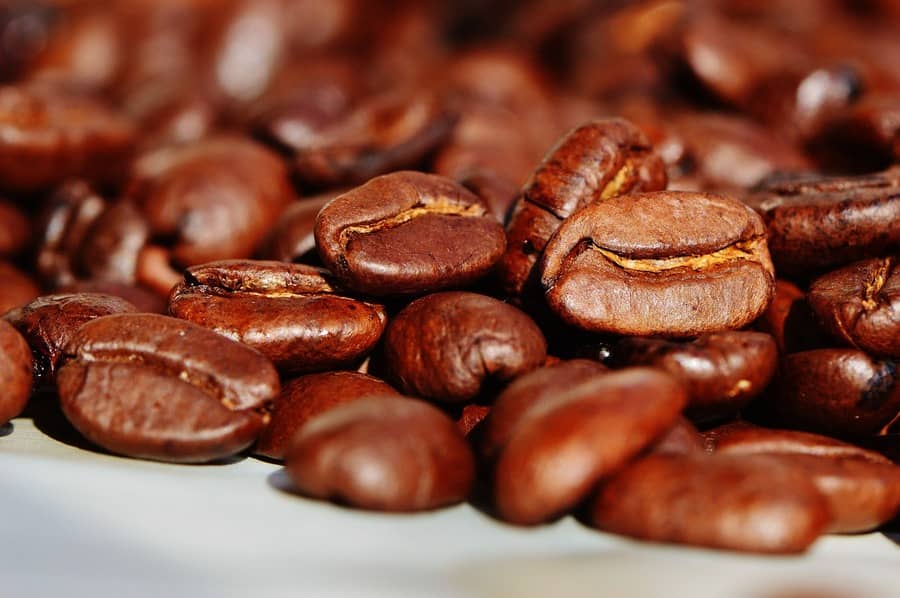Internal physical prices follow the external volatility in the face of the sellers’ withdrawal. Good cup from the south of Minas Gerais, which fell to BRL 1,250, is returning to around BRL 1,300 to 1,320 a bag. Fine cup is pegged at BRL 1,340 to 1,400 a bag, depending on description, both in the Cerrado (MG) and Mogiana regions (SP). Fine cherry coffee (semi-washed) is around BRL 1,370 to 1,410 a bag, which is also highly appreciated.
Rio cup, on the other hand, is still not very strong and is pegged at BRL 1,110 a bag for a lot with 20% of defects in the region of Matas de Minas. Demand remains short, which softens the effect of low physical supply. In addition, growers with less liquidity have preferred to hold the best cups and sell weaker cups, which creates additional pressure against the price of these descriptions.
Conillon was again indicated at BRL 700 a bag for type 7/8 in Colatina, ES. The pressure of the new crop and the lack of external competitiveness justify the realignment in the price of this coffee. The conillon dynamics continue focused on the domestic market, with flow concentrated especially on roasted and ground coffee companies. The price difference between arabica and conillon remains very high, which must weigh on the roasters’ blend in favor of conillon. The bigger production of conillon reaped by Brazil this year and the signs of moderation in domestic consumption must serve as a counterpoint, with the industry working from hand to mouth. Just to get an idea of the advantage of conillon, arabica hard cup with 600 defects is pegged at BRL 1,220 a bag to be withdrawn in São Paulo and the south of Minas Gerais.
The fact is that growers must not change their commercial dynamics, especially for the best cups of arabica. Well capitalized, they tend to lengthen positions, while waiting for a definition of Brazil’s 2022 crop and also paying attention to financial volatility. Short-term tightening, translated into the fall in certified stocks, guides this shorter stance. They no longer talk about winter or cold.
No interest in positions with future crops
The dilemma between the short and long term continues to mark the price formation in the coffee market. And increasingly influencing decision-making. The indication of lower prices for the longest positions ends up resulting in a concentration of interest and commercial flow on the physical market. There is a significant lack of interest in future crop positions. There is practically no one wanting to sell coffee for the 2023 and 2024 crops due to the inverted market on ICE US. And this even affects the commercial dynamics, since there is no open indication either on the FOB port differentials for Brazil’s 2023 crop. This leads us to believe that some indications by trading companies for forward commitments with Brazil’s 2023 crop are not covered. While the curve is inverted and with this slope, it will be difficult to close positions. The idea is that this curve is closed and the market becomes flatter towards the end of the year, after the blossoming and before the first visual impressions of the next Brazilian crop. If the idea of a full Brazil’s 2023 crop is confirmed, as it is being priced on the NY exchange, prices will align around the lowest levels. Frustration with the blossoming, on the other hand, must lead to a realignment at the top of prices. The current idea for future commitment is BRL 1,300 for Sep/23. The growers’ risk is that prices will be lower after the blossoming.

